Peter Childs
WikiLink: an encyclopedia-based semantic network for design innovation
Aug 30, 2022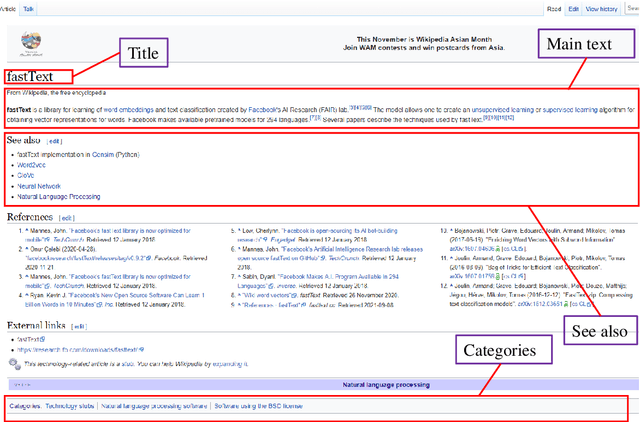
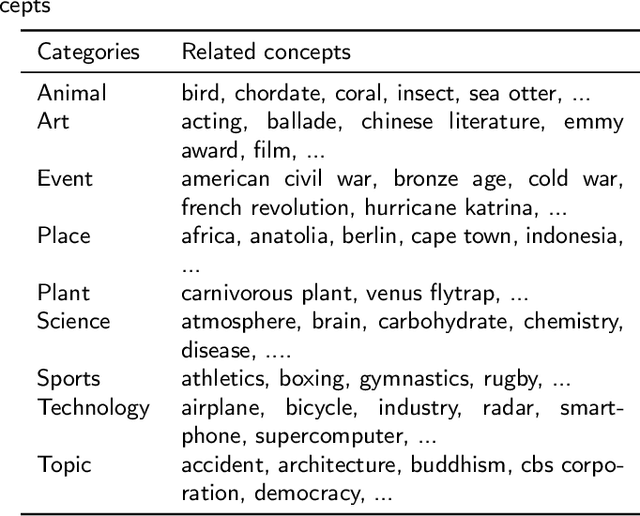
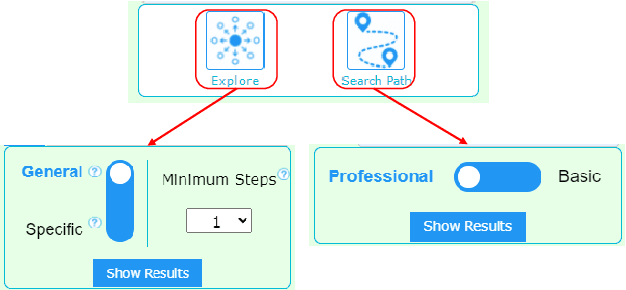
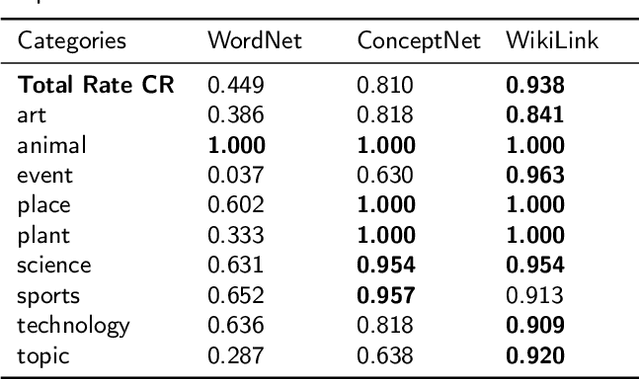
Abstract:Data-driven design and innovation is a process to reuse and provide valuable and useful information. However, existing semantic networks for design innovation is built on data source restricted to technological and scientific information. Besides, existing studies build the edges of a semantic network only on either statistical or semantic relationships, which is less likely to make full use of the benefits from both types of relationships and discover implicit knowledge for design innovation. Therefore, we constructed WikiLink, a semantic network based on Wikipedia. Combined weight which fuses both the statistic and semantic weights between concepts is introduced in WikiLink, and four algorithms are developed for inspiring new ideas. Evaluation experiments are undertaken and results show that the network is characterised by high coverage of terms, relationships and disciplines, which proves the network's effectiveness and usefulness. Then a demonstration and case study results indicate that WikiLink can serve as an idea generation tool for innovation in conceptual design. The source code of WikiLink and the backend data are provided open-source for more users to explore and build on.
Patent-KG: A Patent Knowledge Graph for Engineering Design
Sep 06, 2021



Abstract:To facilitate the knowledge reuse in engineering design, several dataset approaches have been proposed and applied by designers. This paper builds a patent-based knowledge graph, patent-KG, to represent the knowledge facts in patents for engineering design. The arising patent-KG approach proposes a new unsupervised mechanism to extract the knowledge facts in patent, by searching the attention graph in language models. This method avoids using expensive labelled data in supervised learning or listing complex syntactic rules in rule-based extraction. The extracted entities are compared with other benchmarks and shows a higher coverage of engineering words. The extracted relationships are also compared with other benchmarks, and the result shows meaningful advantages.
A Method to use Nonlinear Dynamics in a Whisker Sensor for Terrain Identification by Mobile Robots
Aug 04, 2021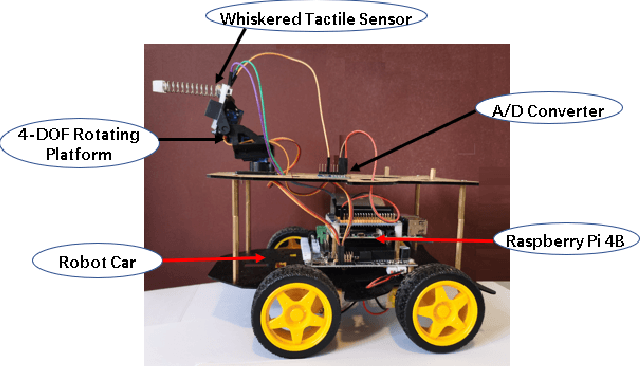
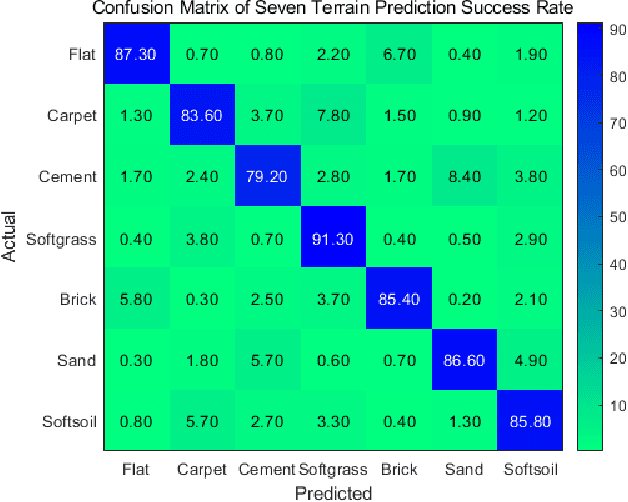
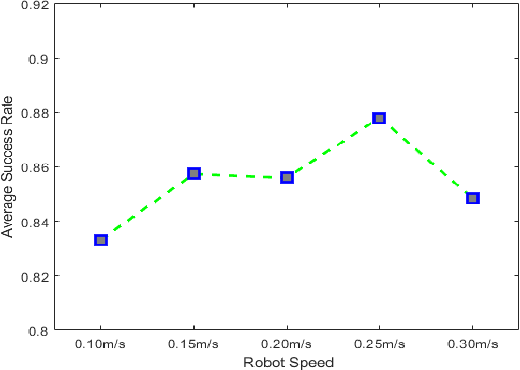
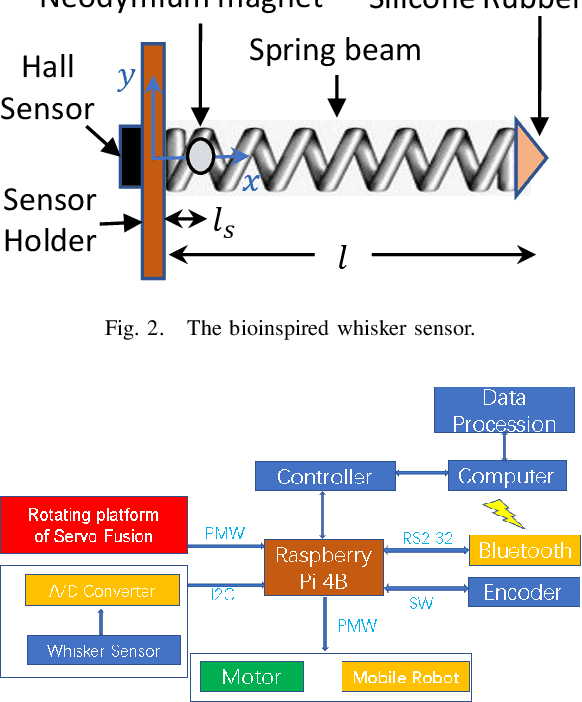
Abstract:This paper shows analytical and experimental evidence of using the vibration dynamics of a compliant whisker for accurate terrain classification during steady state motion of a mobile robot. A Hall effect sensor was used to measure whisker vibrations due to perturbations from the ground. Analytical results predict that the whisker vibrations will have a dominant frequency at the vertical perturbation frequency of the mobile robot sandwiched by two other less dominant but distinct frequency components. These frequency components may come from bifurcation of vibration frequency due to nonlinear interaction dynamics at steady state. Experimental results also exhibit distinct dominant frequency components unique to the speed of the robot and the terrain roughness. This nonlinear dynamic feature is used in a deep multi-layer perceptron neural network to classify terrains. We achieved 85.6\% prediction success rate for seven flat terrain surfaces with different textures.
Product semantics translation from brain activity via adversarial learning
Mar 29, 2021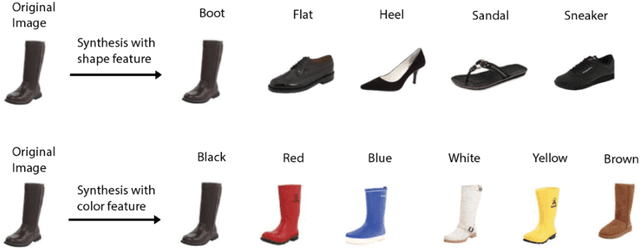
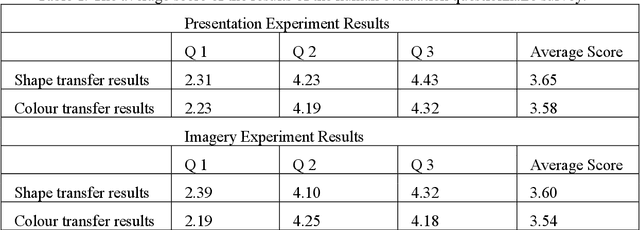


Abstract:A small change of design semantics may affect a user's satisfaction with a product. To modify a design semantic of a given product from personalised brain activity via adversarial learning, in this work, we propose a deep generative transformation model to modify product semantics from the brain signal. We attempt to accomplish such synthesis: 1) synthesising the product image with new features corresponding to EEG signal; 2) maintaining the other image features that irrelevant to EEG signal. We leverage the idea of StarGAN and the model is designed to synthesise products with preferred design semantics (colour & shape) via adversarial learning from brain activity, and is applied with a case study to generate shoes with different design semantics from recorded EEG signals. To verify our proposed cognitive transformation model, a case study has been presented. The results work as a proof-of-concept that our framework has the potential to synthesis product semantic from brain activity.
 Add to Chrome
Add to Chrome Add to Firefox
Add to Firefox Add to Edge
Add to Edge